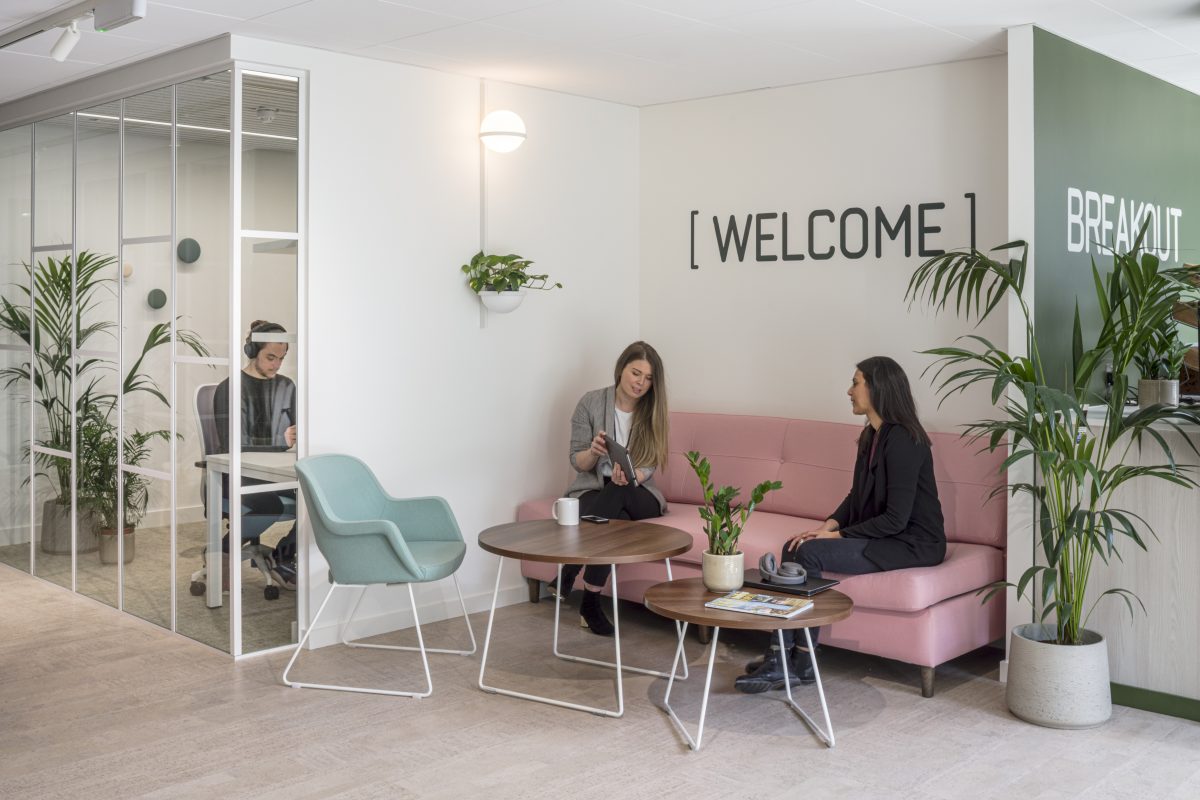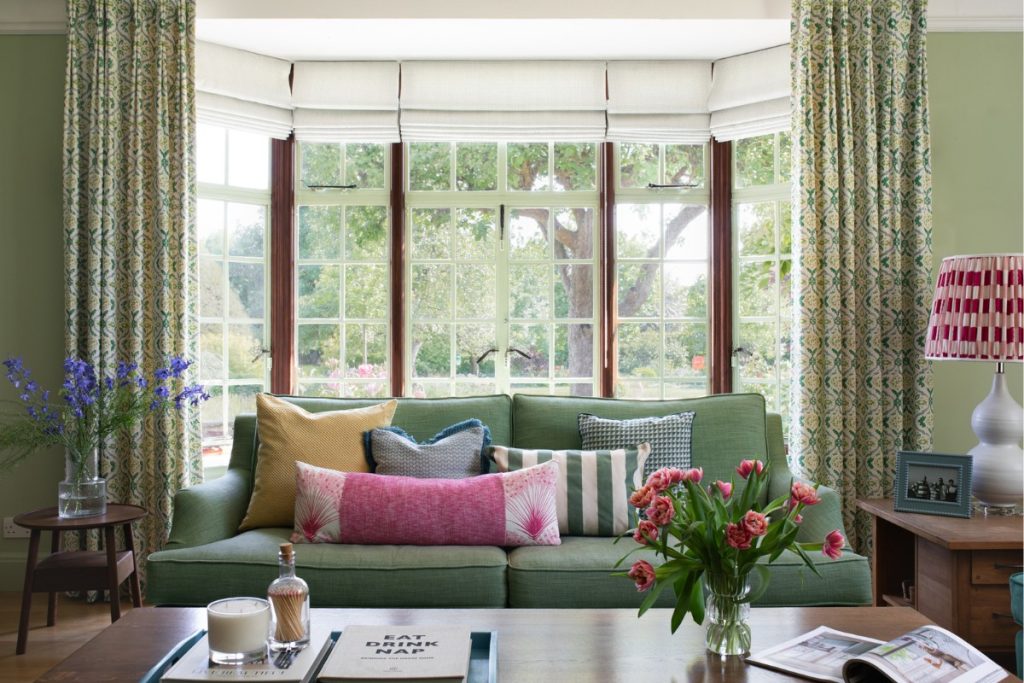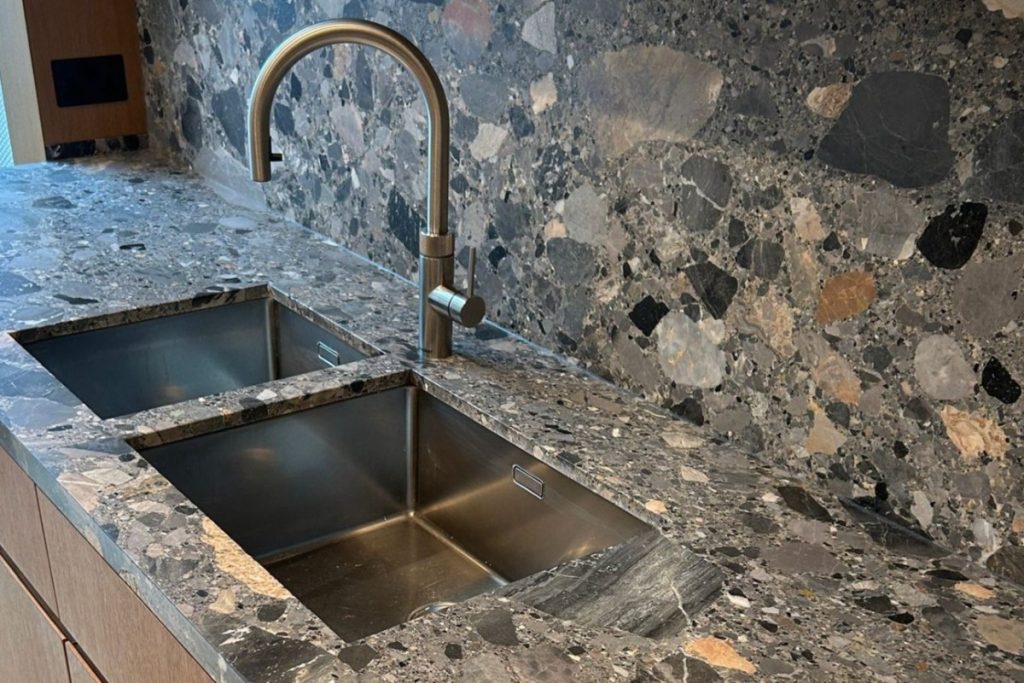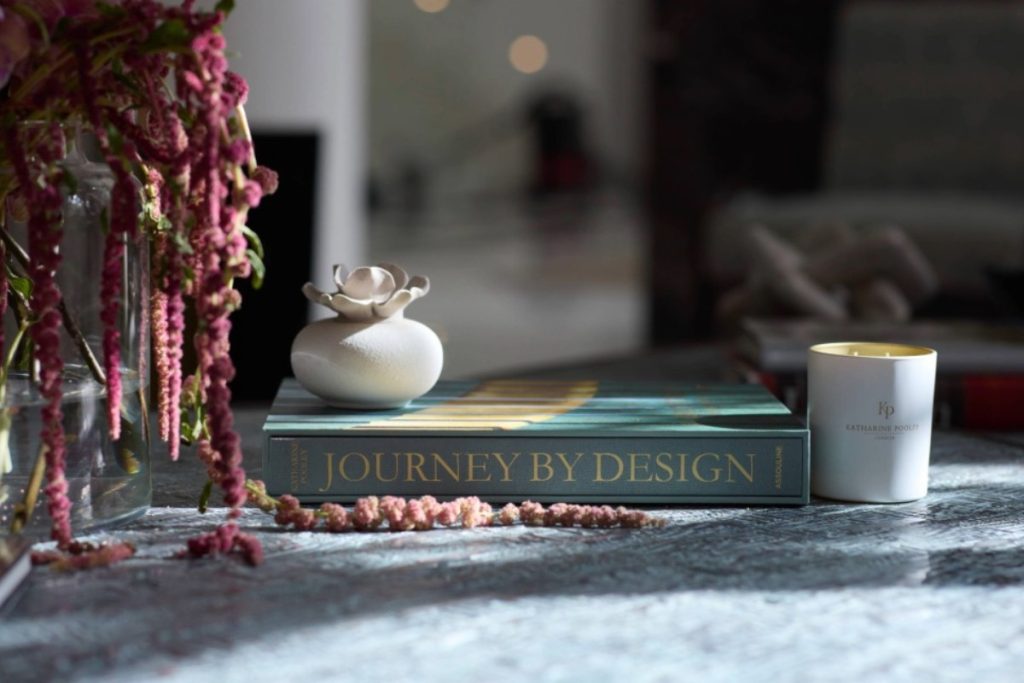 25th January 2022 | IN DESIGN ADVICE | BY SBID
25th January 2022 | IN DESIGN ADVICE | BY SBIDAn interior designer is a qualified professional who is an expert at enhancing the interior of a building to create a space that is safe, functionally fit for purpose, aesthetically pleasing and practical. They can take on a very full-on role in the design and procurement of an interior scheme, vital to the success of many projects. It’s a common misconception that an interior designer is simply responsible for moving furniture about and plumping cushions – which is not the case!
If you want to understand more about the role of interior designers read on to find out.
The Services That Interior Designers Provide
Interior designers will often work with a client or a company to design a space that fits their needs, budget, taste and brief. Sometimes they will just supply designs such as layout plans, details and specifications of the space. This will then be passed on to a contractor or builder to execute the vision. This could be the end of an interior designer’s work on a project, simply providing the plans for somebody else to construct.
But they can also stay on the project, keeping an eye on the project as it takes shape. They can be installed as the project manager, organising a team to do the work and making sure the vision of the client is satisfied. Here is a list of services an interior designer can offer a client:
- Discuss project requirements and design ideas with clients
- Present design plans/schemes to suit project needs – and budget!
- Advise on use of colour, fabrics, furniture, fittings, layout for project completion etc
- Source suppliers for interior product requirements
- Provide estimate costs
- Supply project schedules & product specifications
- Create mood boards, visualisations and 2D or 3D renders
Interior designer and interior decorator are two jobs that can become easily confused. The key difference is that an interior designer typically has more formal training than a decorator. A decorator is normally responsible for installing the furniture, while an interior designer is more focused on designing the space as a whole, then provides the furniture procurement and decorator services to install. An interior designer can provide the services of a decorator, but a decorator is not qualified to provide the services of an interior designer.
Skills and Qualifications Required
Anyone can technically call themselves an interior designer, as the title is not government-regulated in the UK. However, bodies such as The Society of British & International Interior Design helps to create a benchmark for the industry by offering its unique professional accreditation. Full SBID Accreditation requires 3 years of education, 3 and a half years of training, professional indemnity insurance and 24 CPD points per annum. An accredited designer must pass rigorous background checks to ensure they are eligible before being awarded accreditation. All members abide by the SBID Code of Conduct and Ethics.
To become a qualified interior designer, you can take a university course, a college course or an apprenticeship. You’ll probably require 2 or 3 A levels to get onto an interior design university course and at least 4 or 5 GCSEs to get onto a college course or an apprenticeship. SBID provide a list of accredited university courses that will offer aspiring designers the correct education for industry application and get them adequately prepared for their professional careers.
Here is a list of some of the skills and knowledge that are vital to an interior designer:
- Design skill and knowledge
- Expertise in technical design programs
- Customer service and client engagement
- Creative problem solving ability
- Work well under pressure
- Understanding of overlapping indusries i.e Building and construction
- Use initiative
- Work well and communicate with others
- Understand and interpret a client’s needs
- Management of project procurement
- Organised and works on the go
Which other experts do they work with?
Interior designers commonly work with architects when creating a space. An architects’ work concerns the exterior structure of a space and how it is divided within, while interior designers work exclusively on the inside. When creating a space, the two often work together to fulfil a client’s vision. By designing and constructing the outside in a certain way, the interior can be adapted as well, making the two professions very symbiotic.
If an interior designer is instructed to assist with a whole project through to final fit out and completion, they’ll also work with a range of trade experts across the fields – from builders, product merchants, and engineers, to electrical and mechanical experts. They’ll normally be in charge of coordinating these experts on site, who will be using their designs to complete the project.
Projects They Work On
Interior designers can work on a wide range of projects, from smaller tasks for a single rooms to massive undertakings for corporate businesses. Anyone could make use of an interior designer when constructing a new home or environment from scratch, working with them to ensure each room is designed with your precise expectations and purpose in mind.
They can work in all sectors, helping to design office buildings, hospitals, restaurants, retail outlet, private homes and many more. Many interior designers tend to specialise in a certain area, so you should always be able to find an interior designer whose skill set matches the specific scope of your project.
Some specialities include:
- Corporate design
- Healthcare design
- Bathroom design
- Residential design
- Kitchen design
- Restaurant design
- Boat interior design
- Airplane interior design
- RV design
- Sustainable design
- Universal design
Click here to explore 12 interior design specialisms defined by the SBID.
The Importance of Interior Design
An interior designer is vital to a project. They are in charge of making sure the end result meets the client’s requirements, at an agreed-upon budget, and to their exact expectations. If the end result is not what the client expected or ultimately fails, they will often lay the blame at the interior designer’s feet. It is the designer’s job to make sure this doesn’t happen, staking their reputation on their design skills and professionalism to carry through a project successfully to its completion.
Interior design can be used to create a workspace that increases productivity, give a family their dream home or redesign an existing space into something brand new. It is a multifaceted profession that is a lot more technical than simply organising furniture. They consider many factors when designing a space that many will take for granted, such as heat, extraction, electrical, airflow and plumbing regulations. They will also think about the function and how people use or move through the space, as well as how the space aligns with the client or end-user they are designing for.
It is also vital that the service or professional advice an interior designer gives is accurate and compliant, as inaccurate advice or inappropriate specification could incur additional costs, generate delays, increase risks or even breach laws. Any issues with the project will not only impact negatively on the designer’s reputation, but could pose a threat to public safety, so the service they offer must be the best it can be.
If you’re looking for an interior designer, make sure you use a verified professional designer. The interior design profession has become flooded in recent years with hobbyists and influencers who claim to be interior designers but have no qualifications or industry training. By using an SBID-registered interior designer you know you’re receiving qualified services from an accredited professional.
Join the leading interior design organisation
To join our professional network, become an accredited interior designer and gain access to a wealth of industry resources, get in touch with The Society of British & International Interior Design today. By becoming a SBID member, you’ll get access to:
- Display official SBID Accreditation logos on website and marketing material to showcase your credentials
- An active listing in the SBID Designer Directory to elevate your professional profile
- Professional Interior Design Service Contracts for client engagements
- Exclusive industry and trade benefits, such as free tickets to partnered events
- 1 x free entry into the annual SBID International Design Awards to enhance industry expsoure
- The SBIDPro Supplier Directory (a database of verified trade service and product providers)
- Access to the SBID Accredited CPD Programme with live and on demand events (online and offline)
- Expert advice on your business Professional Indemnity Insurance solutions
- Opportunities to engage in exclusive industry activities and networking events
- Promotional media opportunities for your brand to enhance visibility
Accreditation means you can demonstrate to potential clients that you adhere to the professional industry standards and have undergone third-party verification to meet the requirements and operate as a highly skilled, knowledgeable and adept interior designer. You’ll be added to the official SBID Designer Directory. This design database is an extensive directory of SBID verified practices that are qualified to deliver a high level of expertise and professional service.
Interior designers can become a member at any stage in their career. You can also join our community as a fit-out specialist, industry supplier (such as a manufacturer or product provider), or even as a student studying to become qualified. To find out more call now on 0207 738 9383 or visit our website to find out the requirements for membership and more information about SBID.
Cover image credits: NBBJ – University Enterprise Zone



